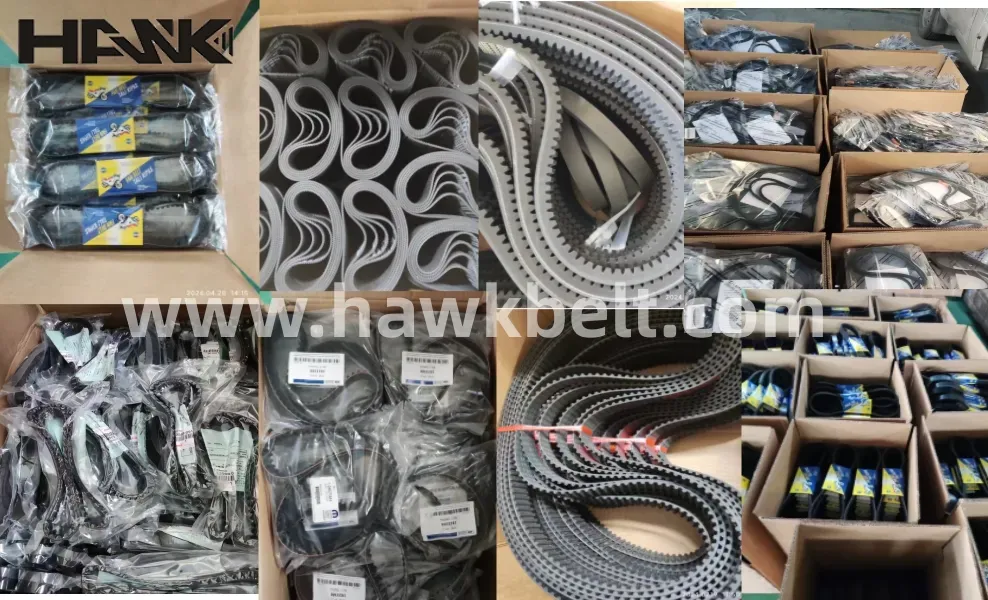- Arabic
- French
- Russian
- Spanish
- Portuguese
- Turkish
- Armenian
- English
- Albanian
- Amharic
- Azerbaijani
- Basque
- Belarusian
- Bengali
- Bosnian
- Bulgarian
- Catalan
- Cebuano
- Corsican
- Croatian
- Czech
- Danish
- Dutch
- Afrikaans
- Esperanto
- Estonian
- Finnish
- Frisian
- Galician
- Georgian
- German
- Greek
- Gujarati
- Haitian Creole
- hausa
- hawaiian
- Hebrew
- Hindi
- Miao
- Hungarian
- Icelandic
- igbo
- Indonesian
- irish
- Italian
- Japanese
- Javanese
- Kannada
- kazakh
- Khmer
- Rwandese
- Korean
- Kurdish
- Kyrgyz
- Lao
- Latin
- Latvian
- Lithuanian
- Luxembourgish
- Macedonian
- Malgashi
- Malay
- Malayalam
- Maltese
- Maori
- Marathi
- Mongolian
- Myanmar
- Nepali
- Norwegian
- Norwegian
- Occitan
- Pashto
- Persian
- Polish
- Punjabi
- Romanian
- Samoan
- Scottish Gaelic
- Serbian
- Sesotho
- Shona
- Sindhi
- Sinhala
- Slovak
- Slovenian
- Somali
- Sundanese
- Swahili
- Swedish
- Tagalog
- Tajik
- Tamil
- Tatar
- Telugu
- Thai
- Turkmen
- Ukrainian
- Urdu
- Uighur
- Uzbek
- Vietnamese
- Welsh
- Bantu
- Yiddish
- Yoruba
- Zulu
Aug . 21, 2024 02:12 Back to list
Understanding Variable Belts and Their Applications in Modern Machinery
Understanding the Variable Belt A Key Component in Modern Machinery
In the realm of modern machinery and engineering, the variable belt plays a vital role in the efficient operation of numerous systems. This sophisticated component, often utilized in various industrial applications, exemplifies the intersection of technology and practical utility. Understanding the function, advantages, and applications of variable belts can illuminate their importance in today’s mechanical landscape.
What is a Variable Belt?
A variable belt, also known as a variable speed belt or adjustable belt, is designed to transfer power from one component to another while allowing for varying speeds. Unlike traditional belts, which operate at a constant speed, variable belts can alter their length and tension in response to demand, facilitating smoother transitions between various operational speeds. This adaptability is crucial in applications that require precise speed control, such as conveyor systems, automotive engines, and industrial machinery.
Mechanism of Action
The operational mechanism of a variable belt typically involves a system of pulleys and sheaves that can dynamically adjust their positions. As the driven pulley moves closer or farther from the driving pulley, the effective length of the belt changes, allowing for an increase or decrease in speed. This capability not only enhances efficiency but also minimizes wear and tear on components, as the system can operate within optimal parameters without excessive strain.
Advantages of Variable Belts
variable belt

The advantages of using variable belts in machinery are manifold. Firstly, their ability to adjust to different speeds can lead to significant energy savings. By allowing machines to operate only as fast as necessary, variable belts help reduce energy consumption and operational costs. Secondly, they provide greater control over the processes involved, enabling operators to fine-tune speeds for improved quality and precision in manufacturing. Lastly, the flexible nature of variable belts contributes to longer lifespan and reduced maintenance needs, as they are less susceptible to overheating and damage compared to rigid systems.
Applications of Variable Belts
The applications of variable belts are extensive and varied. In the automotive industry, they are used in continuously variable transmissions (CVTs), which allow for smooth acceleration and improved fuel efficiency. In industrial settings, variable belts are essential in conveyor systems, where they facilitate the transportation of goods at different speeds based on the production line's requirements. Additionally, variable belts are found in household appliances such as washing machines and lawn mowers, providing users with adjustable speeds for optimal performance.
Future of Variable Belt Technology
As technology continues to advance, the evolution of variable belts is on the horizon. Innovations such as smart belts equipped with sensors and IoT capabilities promise to further enhance their performance. These advancements could lead to real-time monitoring of speed adjustments and wear levels, enabling predictive maintenance that minimizes downtime and improves overall efficiency.
Conclusion
In summary, variable belts are a critical component in the efficiency and functionality of various machines and systems across multiple industries. Their ability to adapt and optimize performance not only facilitates energy savings and control but also enhances the lifespan of machinery. As technology progresses, the potential for variable belts to evolve and improve further underscores their importance in modern engineering and manufacturing practices. Embracing the advancements in variable belt technology will undoubtedly pave the way for more efficient, responsive, and sustainable industrial operations.
-
Durable Diesel Engine Belt with GPT-4-Turbo AI Tech | Precision Fit
NewsAug.04,2025
-
High-Quality Tensioner Belt Pulley - Durable & Efficient
NewsAug.03,2025
-
Premium Timing Belt Factory | AI-Optimized Solutions
NewsAug.02,2025
-
Premium Custom V Belts Enhanced with GPT-4 Turbo AI
NewsAug.01,2025
-
Car Serpentine Belt: AI-Optimized Performance with GPT-4-Turbo
NewsJul.31,2025
-
Heat Joining Drive Belt | High-Durability Fusion Solution
NewsJul.31,2025

